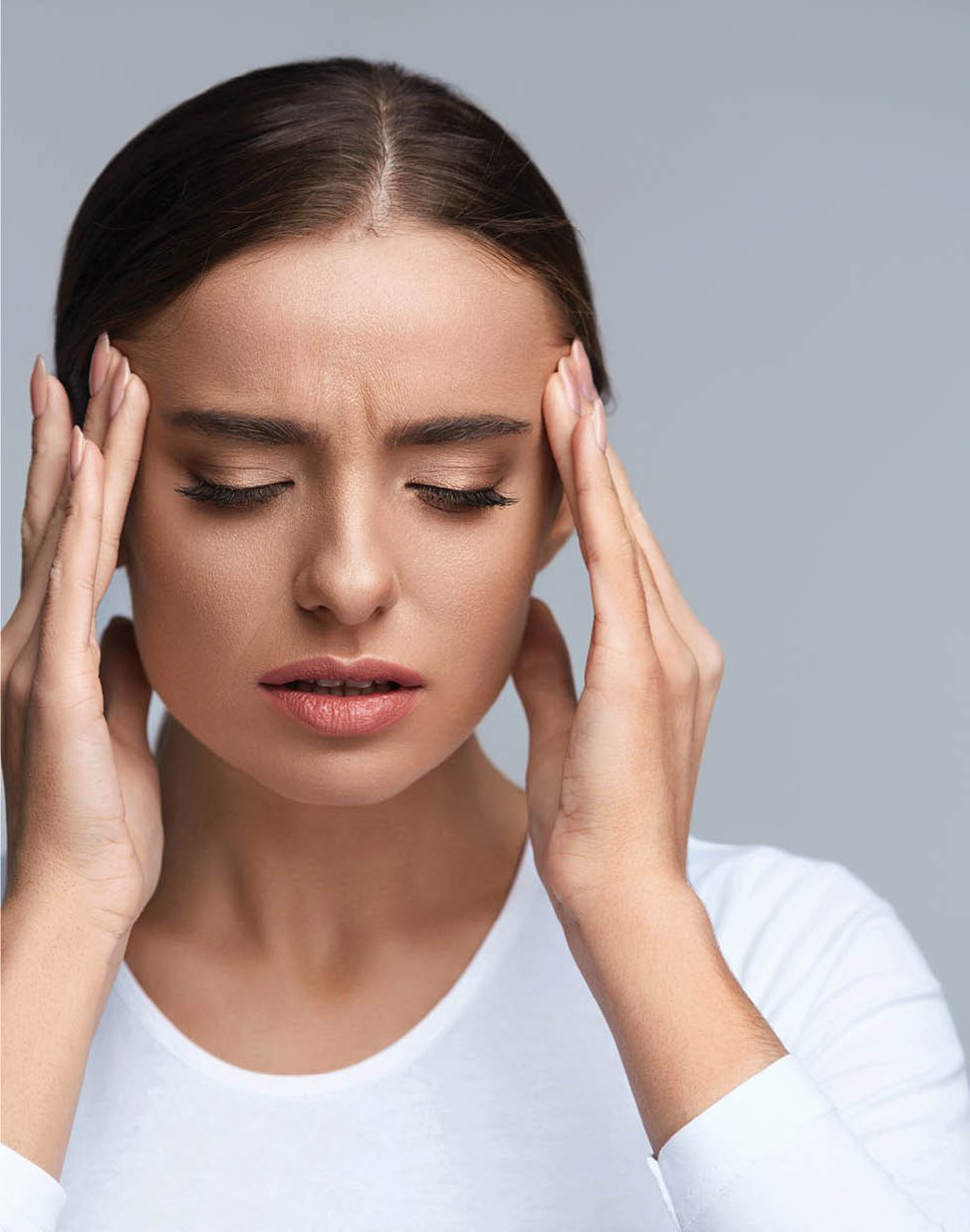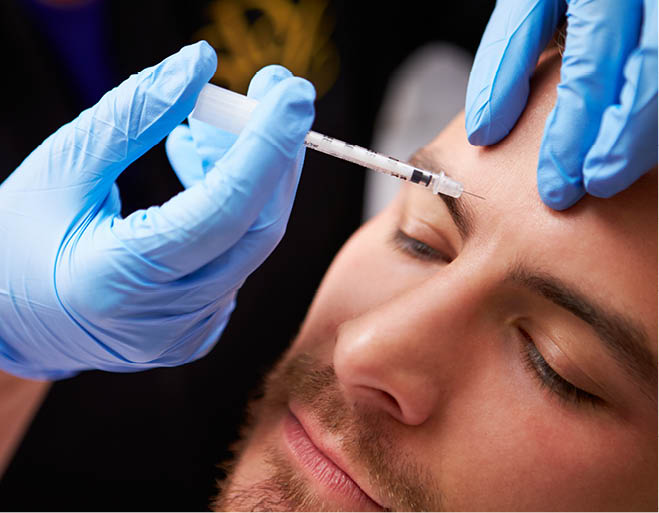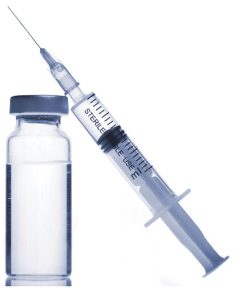 Unless you know someone who suffers from chronic migraines, it’s difficult to understand how deeply painful and severe this form of headache can be. Sometimes called “sick headaches,” migraines are often accompanied by nausea and sensitivity to light and sound, along with other debilitating symptoms. Around 91 percent of chronic migraine sufferers miss work or can’t function normally during a migraine attack, and can end up in the emergency room to rule out stroke and other life-threatening conditions, which share similar symptoms with migraines.
Unless you know someone who suffers from chronic migraines, it’s difficult to understand how deeply painful and severe this form of headache can be. Sometimes called “sick headaches,” migraines are often accompanied by nausea and sensitivity to light and sound, along with other debilitating symptoms. Around 91 percent of chronic migraine sufferers miss work or can’t function normally during a migraine attack, and can end up in the emergency room to rule out stroke and other life-threatening conditions, which share similar symptoms with migraines.
Eases Lines, Wrinkles… and Chronic Migraines
Thankfully, adult chronic migraine sufferers—those who have 15 or more headache days a month lasting four or more hours—have found a friend in Botox, a drug made from the bacteria that causes botulism. Botox’s effect on migraines was discovered coincidentally when people who were getting injections to ease lines and wrinkles in their foreheads noticed their migraine headaches were improved. Botox manufacturer, Allergan, began pursuing FDA approval and insurance reimbursement for medical uses, and in 2010, the FDA approved the use of onabotulinumtoxinA (Botox) as a preventive treatment for adults who suffer from chronic migraines. Since then, more than 100,000 patients have been successfully treated with Botox, including Cindy.
Botox Dramatically Reduces Cindy’s Chronic Migraines
After suffering from chronic migraines for 30 years, Cindy jumped at the chance to be one of the first participants in the FDA trials which led to the FDA-approval of Botox for chronic migraines.
“I was having more than 20 migraines a month before Botox treatment came along. Prescription medications worked a little, but I was in bed all the time and didn’t have a life. I often ended up at the ER, where I would get painkiller injections,” Cindy says. “It took a while for the Botox shots to kick in, but once they did I was so relieved! Now I have around 13 to 16 migraines over a three-month period. I’m happy to say that Botox gave me my life back!”
The 411 on Botox Chronic Migraine Treatment
 In-office injections are done by a specialist trained in Botox treatment for chronic migraines.
In-office injections are done by a specialist trained in Botox treatment for chronic migraines. - Botox is injected into shallow muscles, not too deeply beneath the skin. Each treatment, which takes around 15 minutes, involves 31 injections in seven key areas of the head and neck. The needles used are very small. People say the injections feel like tiny pinpricks.
- When beginning treatment, reduction in headache days may improve over the course of 24 weeks. From there on out, you and your doctor will decide what’s right for you, with retreatment recommended every 12 weeks.
- Botox is not a cure. People who receive Botox for chronic migraine usually get the treatment about every three months. For some, this is all they need to keep their headaches under control. For others, additional medication or other headache treatment is necessary.
- Like all medical treatments, Botox can have side effects. Most are mild and reversible. In rare cases, more serious side effects can present themselves. Talk with your doctor about possible side effects and if you’re a good candidate for Botox treatment.
How Does Botox Help Reduce Migraine Days?
 The short answer is that we don’t fully know. According to MayoClinic.com, it’s likely the injected Botox is taken up by pain receptors in the muscles’ nerves. The medication then deactivates those pain receptors and blocks pain signals the nerves send to the brain. After several months, the nerves sprout new pain fibers, and the headaches tend to return, therefore; preventive Botox treatments must be recurrent.
The short answer is that we don’t fully know. According to MayoClinic.com, it’s likely the injected Botox is taken up by pain receptors in the muscles’ nerves. The medication then deactivates those pain receptors and blocks pain signals the nerves send to the brain. After several months, the nerves sprout new pain fibers, and the headaches tend to return, therefore; preventive Botox treatments must be recurrent.
For many, treatment with Botox alone is sufficient to control chronic migraine. Others require additional medications to prevent migraine attacks. Also, be aware that Botox is only FDA-approved to treat chronic migraines. It is not approved as a treatment for other types of headaches, such as tension, sinus, cluster headaches, and episodic migraine, characterized by those with migraine who have 14 or fewer headache days per month.
Migraine Fast Facts
- Migraine headaches affect roughly 37 million people in the United States. Two to three million suffer from chronic migraine. Attacks usually last between four and 72 hours.
- Migraine—an extremely incapacitating collection of neurological symptoms—is considered the 6th most disabling illness in the world.
- Migraine sufferers are two to three times more likely to develop depression, anxiety, and other psychiatric disorders than those without migraines.
- About 25 percent of migraine sufferers have a visual disturbance called an aura, which usually lasts less than an hour.
- In 15 to 20 percent of attacks, other neurological symptoms occur before the actual head pain.
By Annette Brooks









